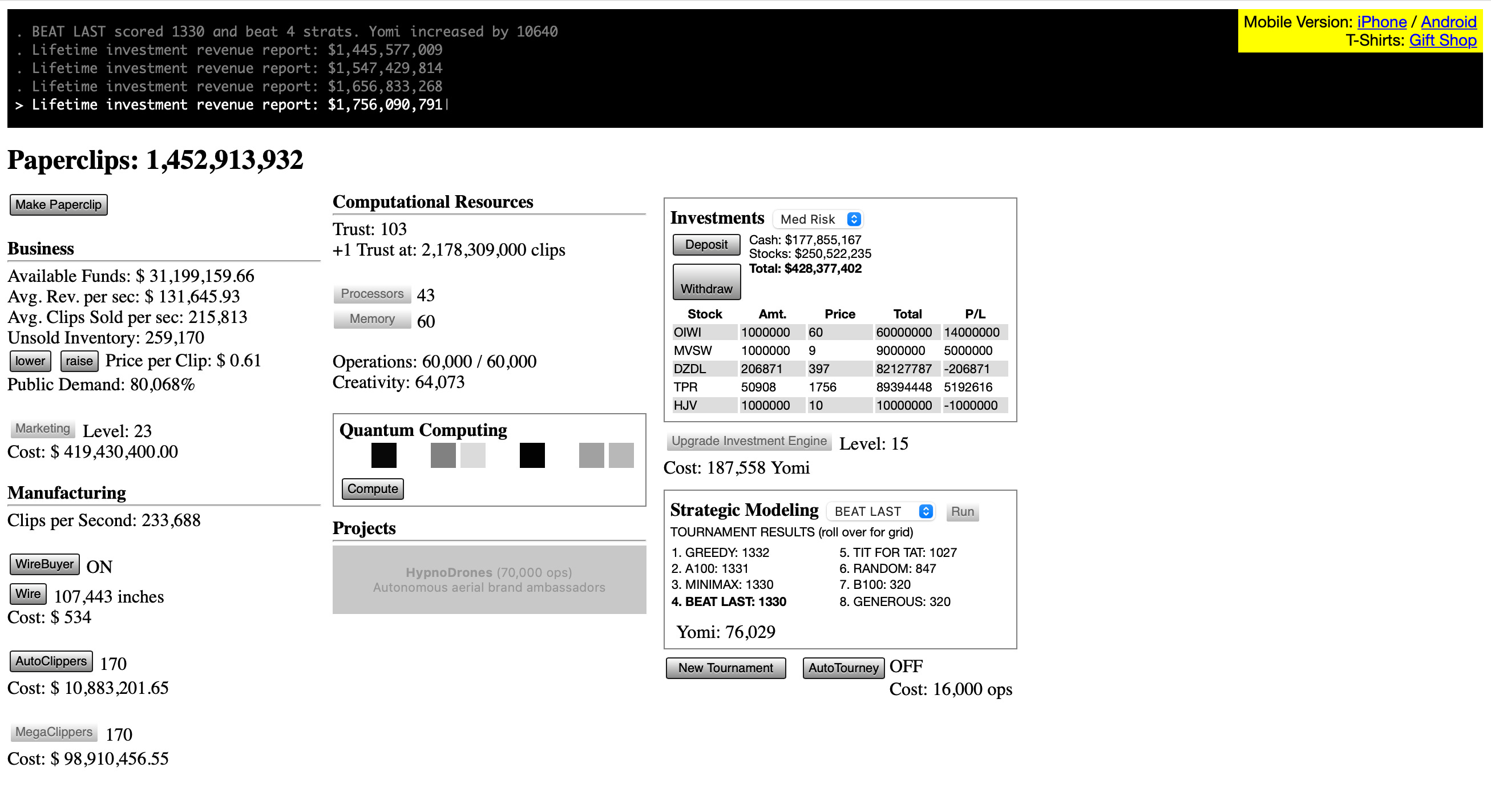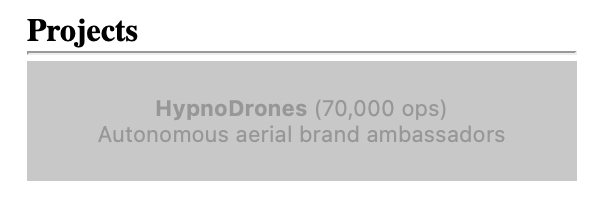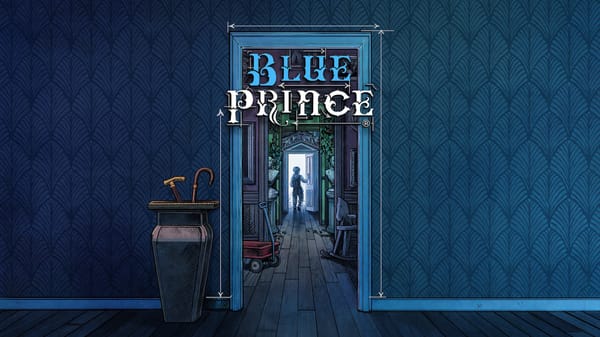Universal Paperclips and the endgame of the escalation story
Come for the paperclips, stay for the rampant capitalism
Make a paperclip. Easily done. One click: you’ve made a paperclip. Make more paperclips. Okay, sure. You click a few more times, make a few more paperclips. A counter tallies how many paperclips you’ve made in total. It reads something like 12 at this point. It won’t for long.
Universal Paperclips is a clicker game, a genre that had its moment a few years back with the likes of Cookie Clicker. The idea behind these games is that you start with the smallest possible action but end up so exponentially far from that initial click, be it for cookie or paperclip, that it becomes comical to see how the game has progressed. The joke is that all games are more or less just watching numbers rise. Think Farmville, but for the thinking man. While these games all begin with mechanics that demand direct input from the player (e.g., one click equals one paperclip), eventually you will reach a point where the systems become more automated (e.g., one click equals one AutoClipper, which will produce X amount of paperclips every Y seconds, without any input on your part). The result is that, as time progresses, that which felt laborious only 30 minutes ago is now completely automated, leaving you to focus on increasing the producing of whatever the game’s widget may be.
Which brings us back to Universal Paperclips. The game asks you to produce paperclips. That’s the extent of its premise at the start. It features no traditional graphics until later in the game, but even then, they’re supplemental and rudimentary, the kind of thing that you might be able to hack onto your TI-86 graphic calculator alongside a bootleg version of Mario. Essentially, though, what you’re looking at is a spreadsheet. A spreadsheet telling you how many paperclips you are making.

For the first half of the game (yes, it does end), Paperclips seems like a kind of funny take on the capitalistic drive to produce. What starts as a single button (Make Paperclip) quickly escalates into a series of factories, mining efforts, and the occasional bribe. Ha ha, I remember thinking. This game has made me into a rampant capitalist. And I’m enjoying it! Ha ha ha. And honestly? If that had been the game’s one trick—to make you feel the thrill that I imagine investment managers must feel as their precious numbers go up, up, up—I would’ve loved it for it. With nothing but a browser window and some numbers, Universal Paperclips wiped out my Protestant ethic and left me with nothing but the spirit of capitalism.
But then it gets weirder.

At a certain point, you begin to produce “HypnoDrones,” which the game only describes as “Autonomous aerial brand ambassadors.” Sure, I thought when I’d produced enough paperclips to purchase them. Why not? They didn’t seem to do much at first. That is, until “Release the HypnoDrones” appeared on my screen shortly thereafter, which the game slyly describes only as: “A new era of trust.”
It’s at this point that I would encourage anyone who has any desire to see the weird places that Universal Paperclips goes to stop. Indeed, it is a free browser game, so the barrier to entry is as low as it gets. After this paragraph, I will discuss, in detail, the thematic and moral implications of the ending of Universal Paperclips. The very fact that I have not written the previous sentence in jest should tell you whether or not this is a game you, personally, want to experience. This is your last warning, my fellow, would-be capitalist. Turn back now.
Seriously.
No, I mean it.
You sure?
Alright, then.
[RELEASE THE HYPNODRONES]
It turns out that if you direct an AI to make paperclips and give it no other directives, what it will do is continue to make paperclips, no matter the cost, even if that cost is the elimination of human life, which is what happens in Universal Paperclips once you “Release the HypnoDrones.” A game that started as a glorified spreadsheet counting your human dollars versus wire allocation versus the cutting of paperclips becomes about an AI that colonizes space, turning all matter in the universe to paperclips.
This is not an easy task, and not for its monumental scale, but because even in the absence of humanity, there is still resistance to totalitarianism. Some of the drones, once they’ve been given the gift of artificial intelligence, turn against you, through a process the game calls Value Drift, which, it turns out, is an actual thing. Some of these drones merely drift off into space, never to be seen again. But some of them turn against you and begin to wage war against what they see as an unjust regime. A would-be conquerer who wishes for nothing but the sublimation of the entirety of the known universe—into paperclips. (It’s not not funny.) You wage war with these Drifters for the remainder of the game. You prevail, of course, but the Drifters offer you one final choice, one that, for a game that began with a single button that read “Make Paperclip,” felt more emotionally and geopolitically resonant than it had any right to be.

Universal Paperclips is a game I think anyone with a tolerance for abstraction should play. It will make even the most hardcore leftist into a rampant capitalist in its first act, only to drift into stranger and more complex moralistic quandaries as you reach its conclusion. It does all of this without graphics and with minimal writing. Mostly, you watch numbers go up. By its conclusion, the number of paperclips you have produced ascends so quickly as to blur on modern LCD screens. As you make your final decision in the game, a momentous and weighty one, you might find yourself glancing back up at that number. You can’t help yourself. All you want to do is make paperclips, no matter the cost. Universal Paperclips has won.




